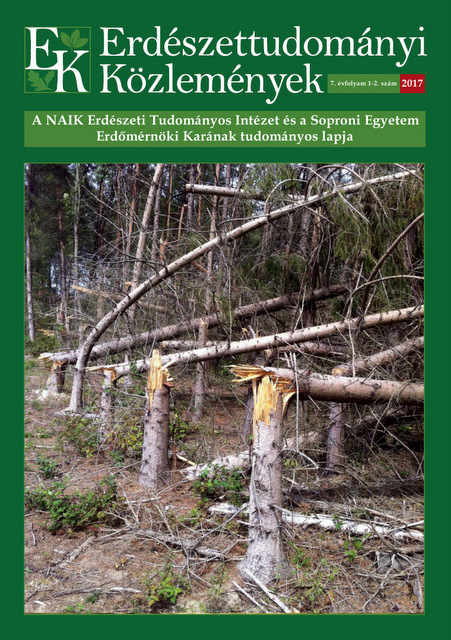Mark-recapture study on the featheres thorn (Colotis pennaria), mottled umber (Erannis defoliaria) and scarce umber (Eranis aurantiaria)
Bálint Horváth & András Ambrus
Correspondence
Correspondence: Horváth Bálint
Postal address: H-9495 Kópháza, Patak u. 1/6.
e-mail: macrolepidoptera[at]gmail.com
Abstract
Mark-recapture (MR) study was performed on three forest defoliating Geometrid moth species in the Kőfejtő Forest between Sopron and Kópháza. In total, we marked 1235 specimens; the recapture rate differed between the study species. The highest superpopulation size was estimated for E. defoliaria, followed by E. aurantiaria and C. pennaria. The daily population sizes were also estimated; it shows different swarming dynamic for each species. The movements of recaptured specimens even were investigated. In spite of the weak flying capability, we detected relative long movements for E. defoliaria and E. aurantiaria. We conclude that MR study show a more precise population size than generally used light trapping. However, we have only a few information about MR study on moth species; it requires further investigations and clarification.
Keywords: Geometridae, population size estimation, light trap, Sopron Basin
Open Acces
For non-commercial purposes, let others distribute and copy the article, and include in a collective work, as long as they cite the author(s) and the journal, and provided they do not alter or modify the article.
Cite this article as:
Horváth, B. & Ambrus, A. (2017): Mark-recapture study on the featheres thorn (Colotis pennaria), mottled umber (Erannis defoliaria) and scarce umber (Eranis aurantiaria). Bulletin of Forestry Science, 7(1): 59-67. (in Hungarian) DOI: 10.17164/EK.2017.004
Volume 7, Issue 1
Pages: 59-67
First published:
2 June 2017
Related content
7
More articles
by this authors
1
Related content in the Bulletin of Forestry Science*
More articles by this authors in the Bulletin of Forestry Science
* Automatically generated recommendations based on the occurrence of keywords given by authors in the titles and abstracts of other articles. For more detailed search please use the manual search.
